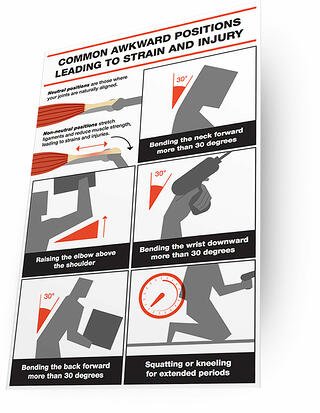A spinal fusion is a surgery to permanently join together two or more vertebrae in the spine so there is no movement between them using bone from another area of the body or metal implants. Spinal fusions are based on a belief that continued movement at that joint level is what is creating the pain. Each year, there are nearly 100,000 spinal fusions performed in the U.S. But they are almost always ineffective for chronic low back pain and carry the very real risk of death and disability. This is a concerning problem1. Research does not show a distinct difference between a spinal fusion and a rehabilitation treatment for low back pain. A recent story by the National Association of Injury and Disabled Workers told an unfortunately all too common story of spinal fusion patients. After 5 years of continued pain and seeing multiple practitioners, the patient decided to move forward with a fusion. The patient lost significant weight and spiraled into the familiar cycle of long term pain management via opioids. Dr. Tim Flynn, a very well published and renowned researcher, has called lumbar fusions “the lobotomy of our time.” In medicine, we once performed lobotomies as a last resort for people with chronic anxiety and depression. We know that it doesn’t work and we know it has tremendous risks, but the surgeons or the patients to this day still justify the procedure since it is often truly a last resort. This closely parallels the way we are currently handling chronic lower back pain with fusions. They don’t work, but still nearly 100,000 of them are done every year. According to the American Academy of Pain Medicine (AAPM), back pain is second only to headaches in terms of frequency, and the costs from lost productivity can be formidable. It is important to implement an injury prevention program in order to keep back pain from getting to the point where fusion would be a suggestion. 1. Hedlund R, Johansson C, Hagg O, Fritzell P, Tullberg T. Swedish Lumbar Spine Study Group. The long-term outcome of lumbar fusion in the Swedish lumbar spine study. Spine J 2016;16:579–87
Spinal Fusions Don’t Work





